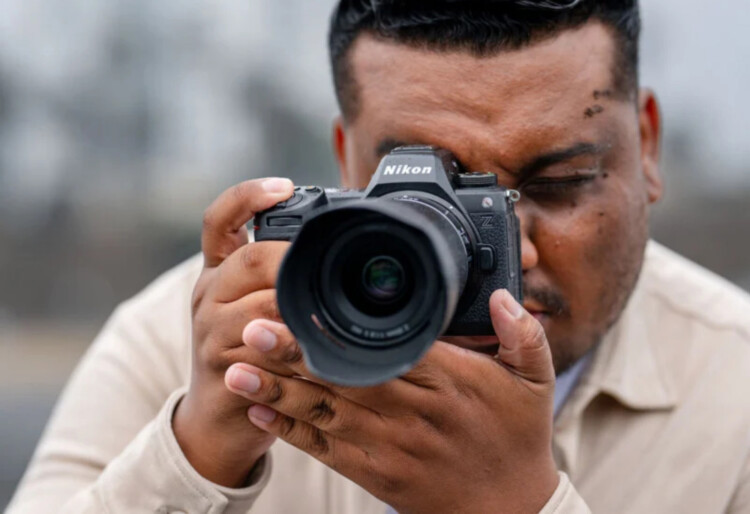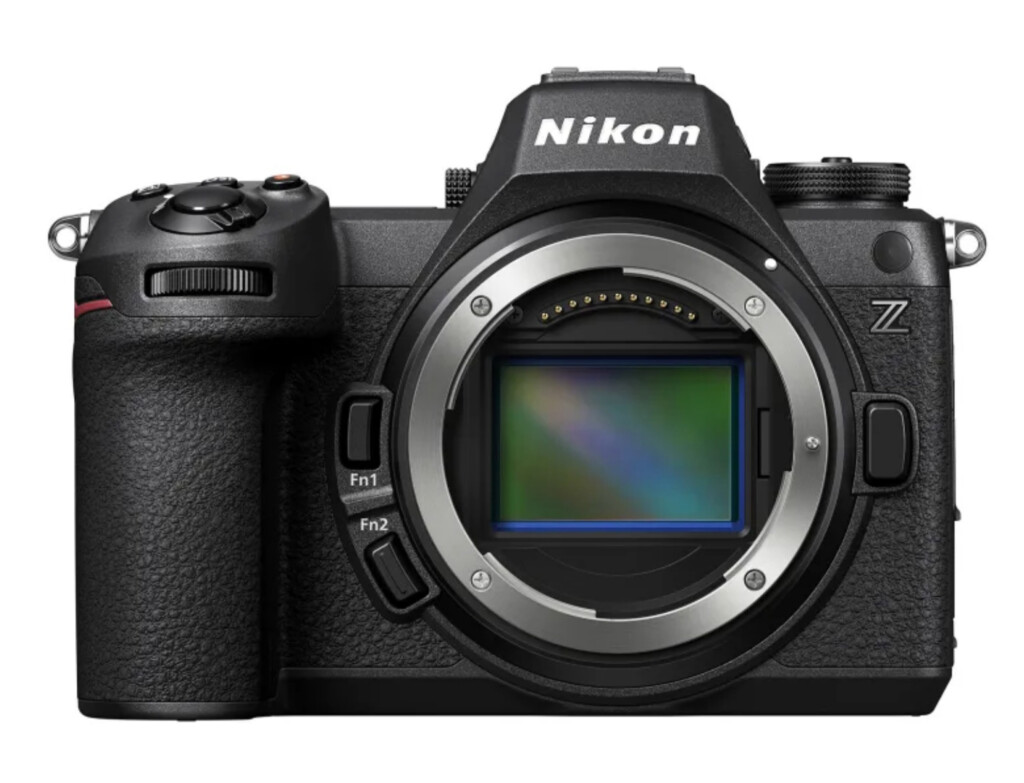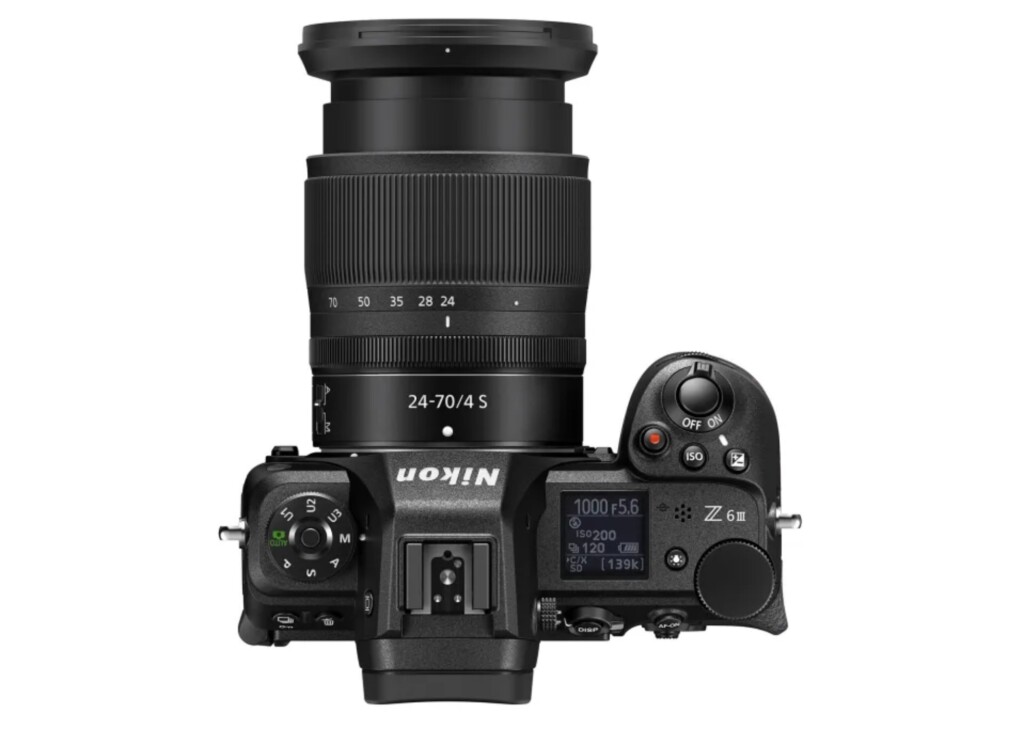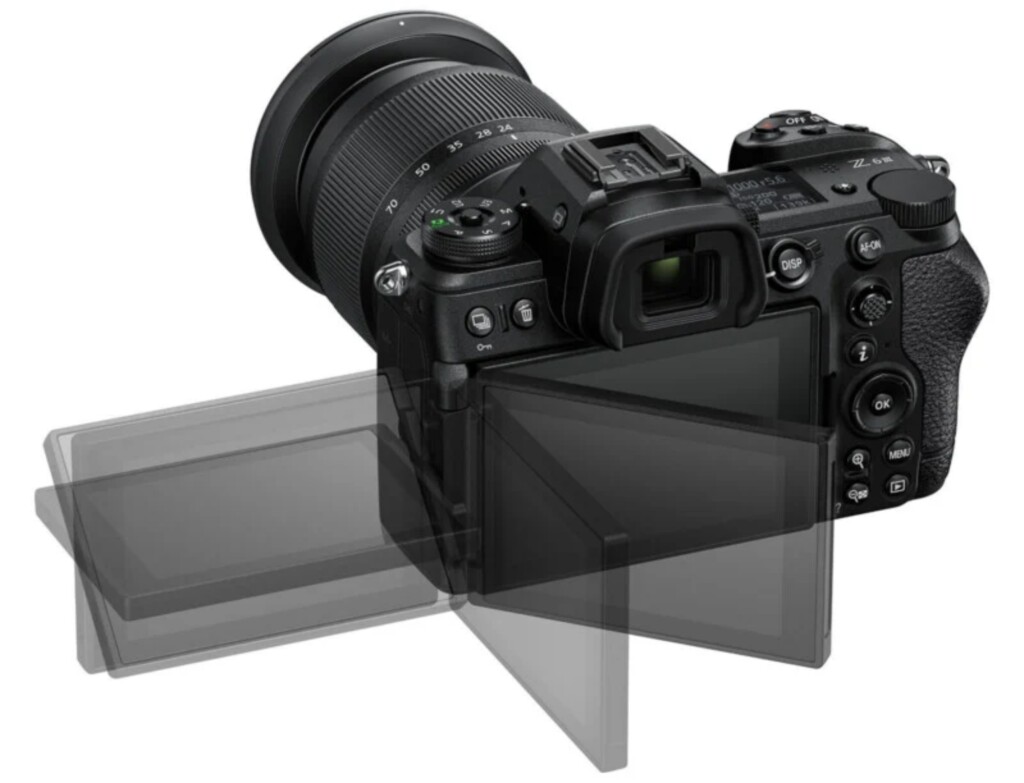As previously promised, Nikon has officially announced the long-awaited Z6 III. According to the brand, the new full-frame camera focuses heavily on video capabilities, while also offering significant improvements for still photography.
The overall look and feel of the Nikon Z6 III remain familiar, but there are important changes in the user experience. The most notable upgrade is the new electronic viewfinder (EVF), which is the brand’s brightest yet, reaching up to 4,000 nits. This EVF has a resolution of 5.76 million dots and an HDR-ready colour gamut, making it 33% brighter than the Z9’s EVF.
The Z6 III also features a vari-angle 3.2-inch rear LCD that can be used as a front-facing display for selfies and video recording. This display maintains the same resolution and size as the Z6 II’s non-vari-angle panel. Driving much of the innovation is a new “partially stacked” CMOS sensor with 24.5 megapixels, marking the world’s first interchangeable lens camera to use this sensor design. This partially stacked sensor offers many benefits of a fully stacked sensor, such as faster autofocus performance, reduced rolling shutter, smoother EVF experience, swifter shooting speeds, and expanded video modes at higher frame rates, without the high costs.
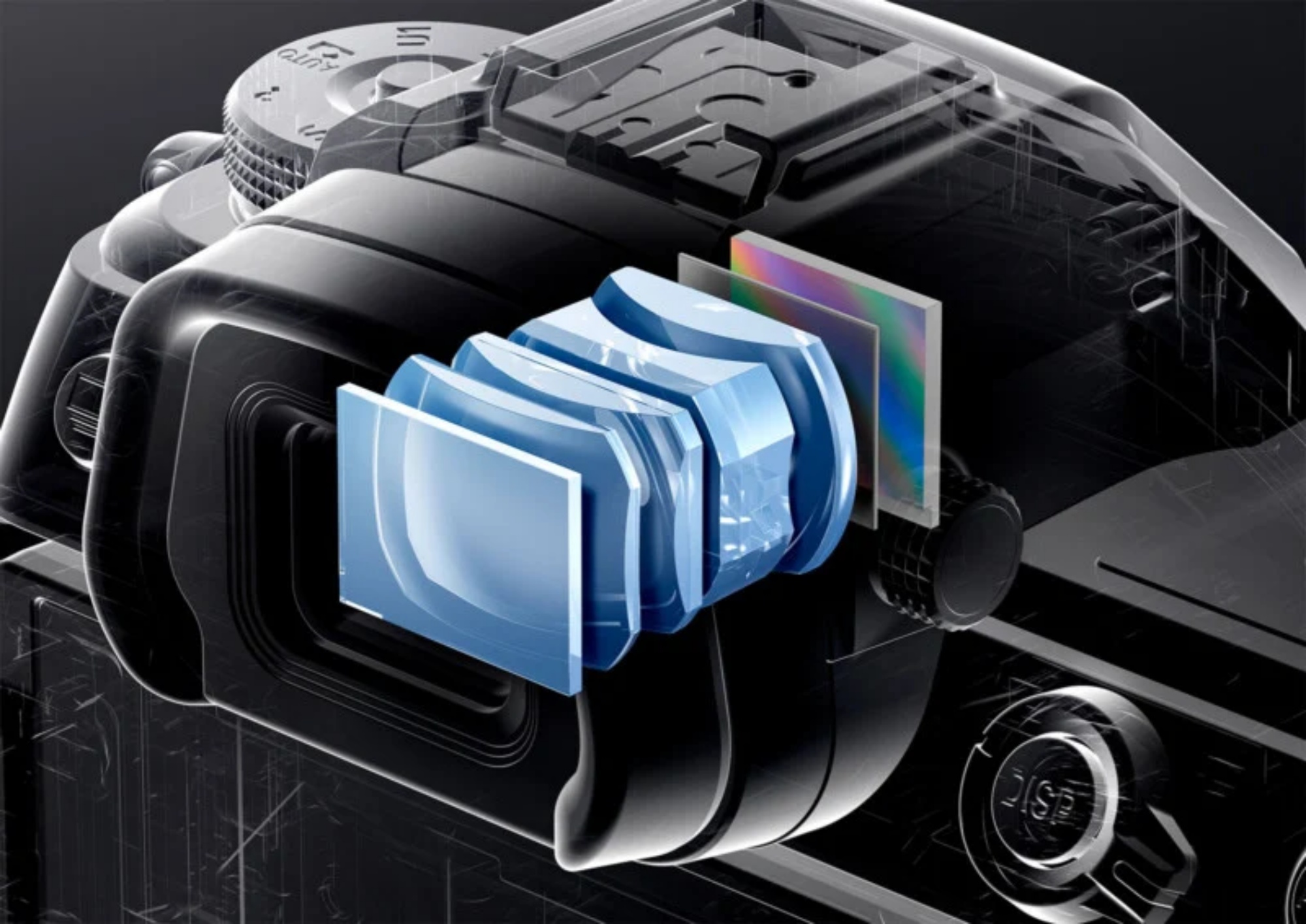
While the Z6 III cannot match the resolution and fully stacked image sensors of the Z8 and Z9, it introduces unique features like FHD/240p video recording. The new sensor’s faster readout results in a 3.5 times faster electronic shutter than the Z6 II. However, its rolling shutter performance still falls short of the Z8/Z9. The Z6 III is designed to offer many benefits of higher-end cameras at a lower price point, targeting a new user segment.
For users needing more than 24.5 megapixels, the Z6 III includes a pixel-shift shooting mode, creating 96-megapixel images using the in-body image stabilisation system. This mode requires Nikon’s NX Studio software for processing and offers higher-quality 24-megapixel frames with reduced noise and better colour accuracy. The camera’s vibration reduction system is also improved, now offering up to eight stops of shake correction, with a new Focus Point VR feature that prioritises stabilisation on the active focus point.
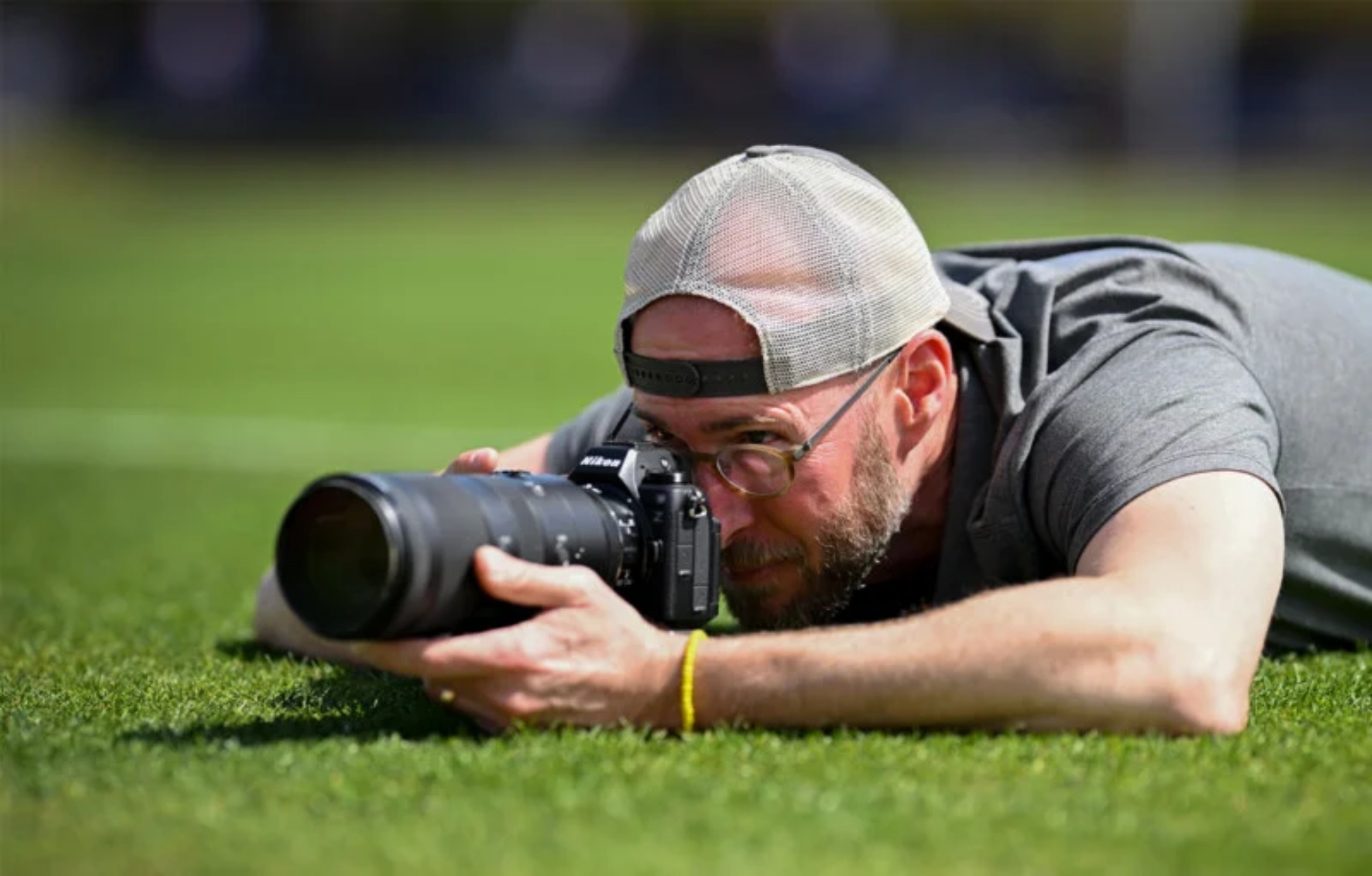
The Z6 III’s native ISO range is 100 to 64,000, the highest in the Nikon Z system, expandable to 50-204,800. The camera inherits much from its more expensive siblings, including an advanced autofocus system. This system, powered by AI, offers subject detection across nine subjects, 3D Tracking, wide-area autofocus, and improved performance in low light (down to -10 EV). Nikon claims the Z6 III’s autofocus is about 20% faster than the Z6 II’s, with enhancements in subject detection and tracking accuracy.
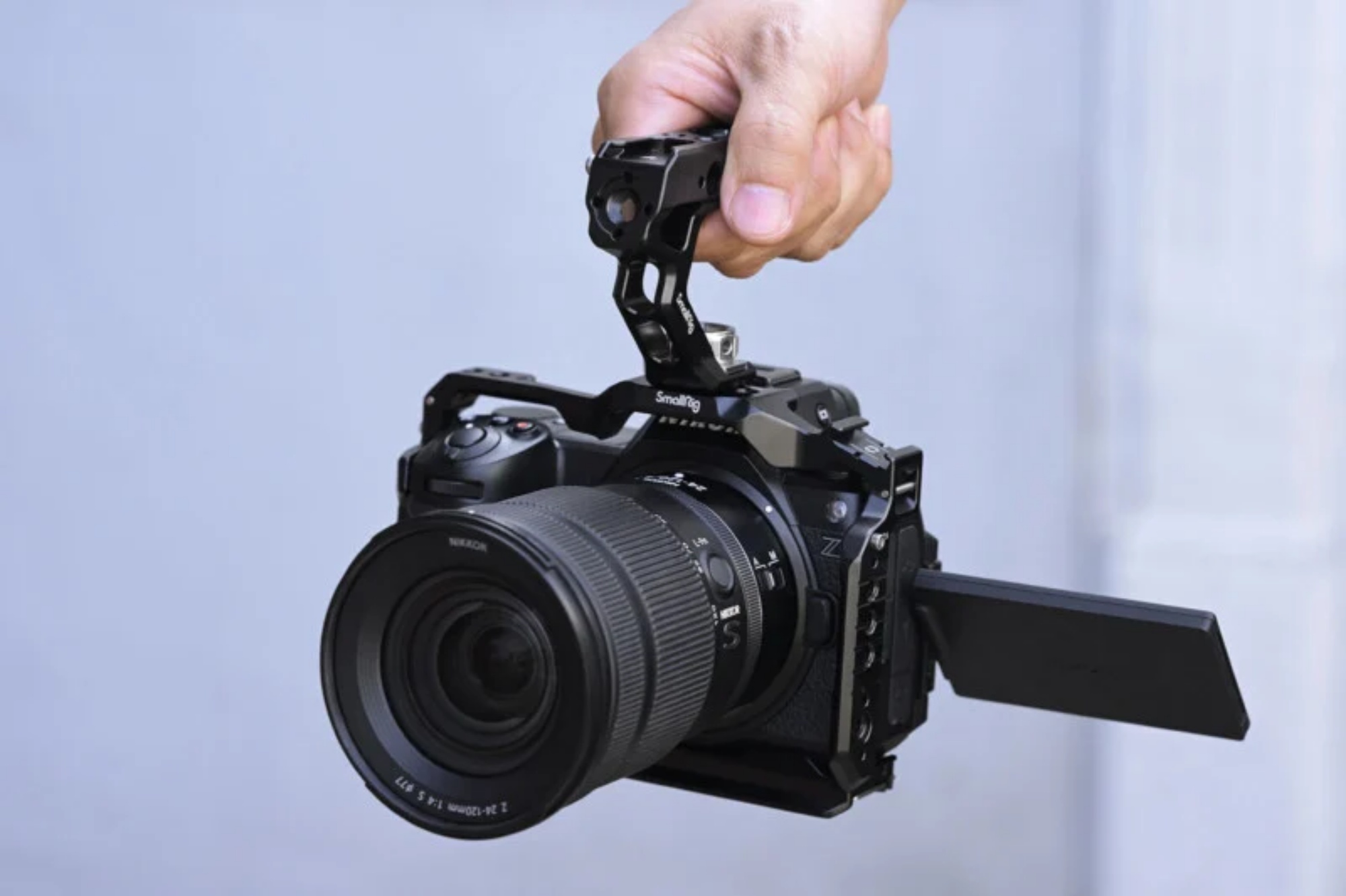
The Z6 III is positioned as a strong choice for sports, action, and wildlife photography due to its autofocus performance and continuous shooting speeds. It includes a mechanical shutter capable of up to 14 frames per second (RAW+JPEG with AF/AE) and an electronic shutter for up to 20 frames per second with RAW recording. For even faster speeds, the camera offers C30, C60, and C120 modes, capturing full-resolution JPEGs with AF/AE tracking at 30, 60, and 120 fps, respectively, though the 120 fps mode includes a slight crop.
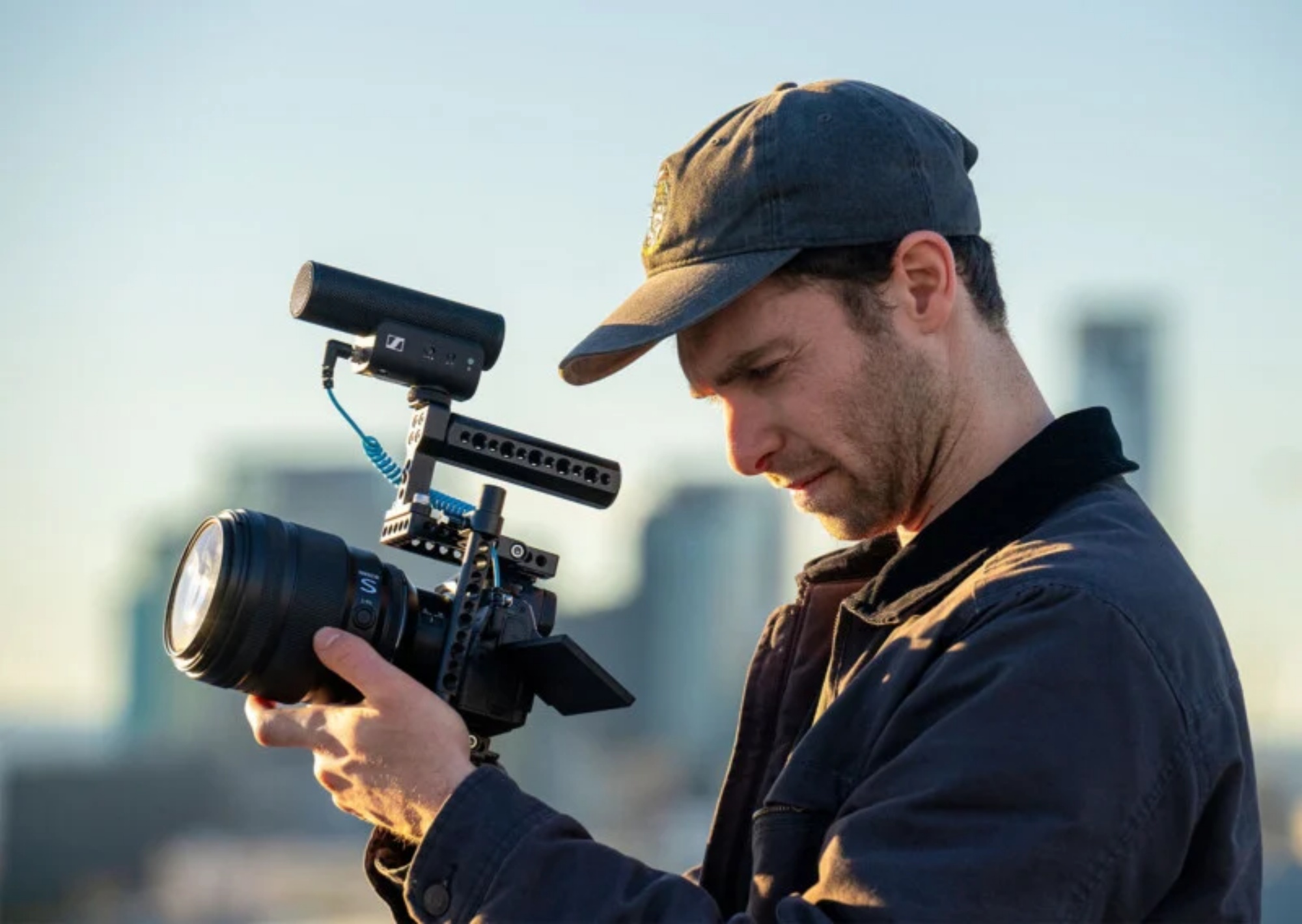
On the video front, the partially stacked sensor and EXPEED 7 processor allow the Z6 III to record 12-bit 6K/60p N-RAW footage and 6K/30p ProRes RAW internally. The camera also supports 10-bit 5.4K ProRes 422 recording. Most video output options are capped at 4K, but 5.4K and 6K resolutions provide additional cropping flexibility during post-processing. The Z6 III can shoot 4K/120p footage with a DX crop factor and offers an FHD/240p recording option using the H.265 codec with a slight crop.
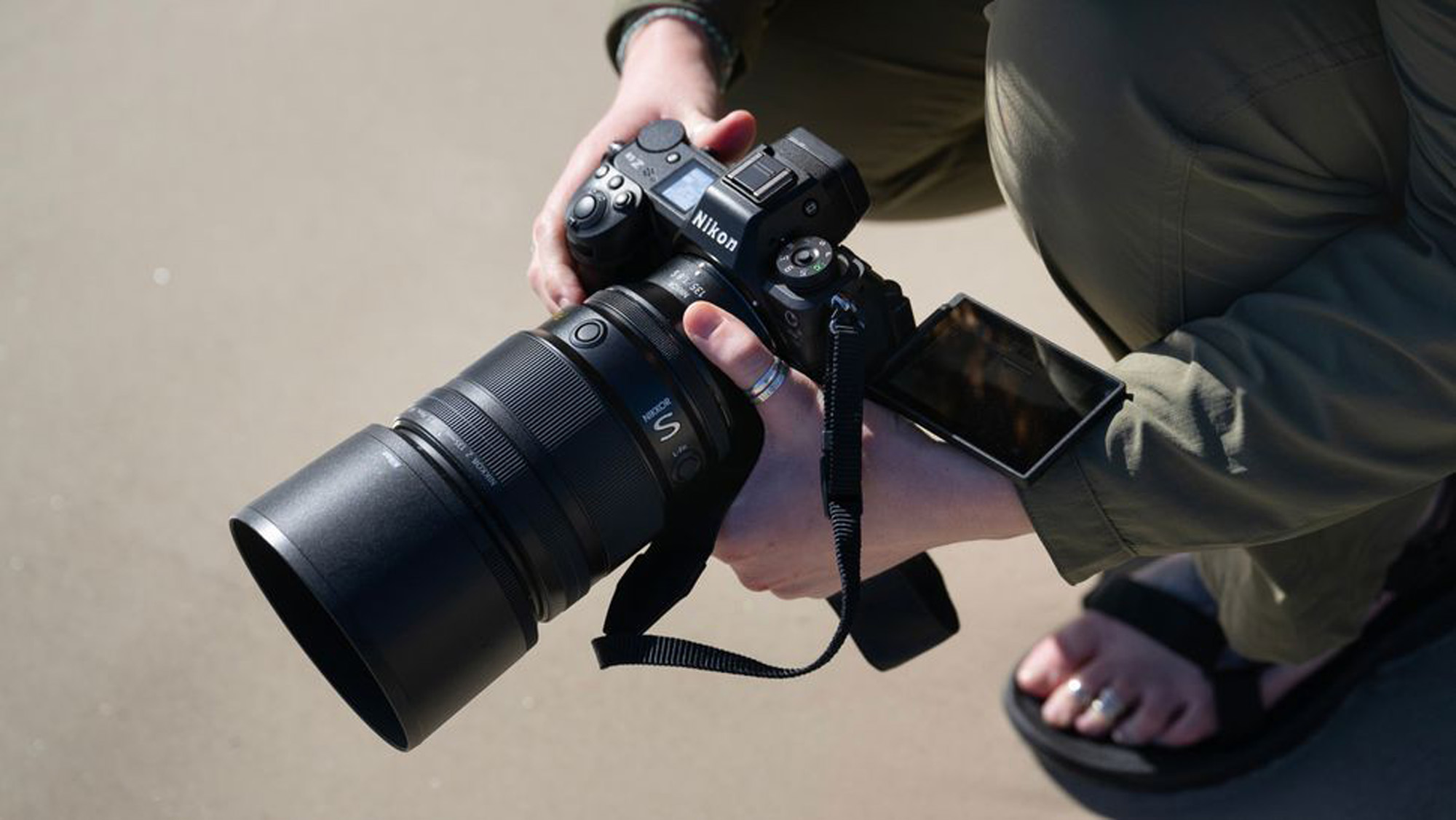
The Z6 III is designed for long recording sessions, with a thermally efficient design allowing up to 125 minutes of continuous 4K/60p recording (with an external power supply). The maximum recording time at 23 degrees Celsius is two hours and five minutes.

The Nikon Z6 III will be available in late June in select markets at US$2,500 (~RM11,787) for body only, or US$3,100 (~RM14,616) together with a Nikkor Z 24-70mm f/4 S kit lens. No word on a Malaysian release just yet, but Nikon Malaysia is already allowing interested individuals to register their interests via its official website.
(Source: Nikon Asia)

